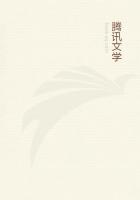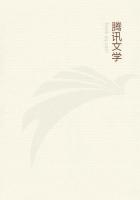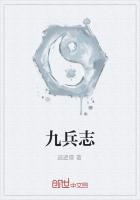This organ once accepted, the German theory becomes applicable to all the Bees and all the Wasps. When copulating, the female receives the seminal fluid and holds it stored in her receptacle. From that moment, the two procreating elements are present in the mother at one and the same time: the female element, the ovule; and the male element, the spermatozoid. At the egg-layer's will, the receptacle bestows a tiny drop of its contents upon the matured ovule, when it reaches the oviduct, and you have a female egg; or else it withholds its spermatozoids and you have an egg that remains male, as it was at first. I readily admit it: the theory is very ******, lucid and seductive. But is it correct? That is another question.
One might begin by reproaching it with ****** a singular exception to one of the most general rules. Which of us, casting his eyes over the whole zoological progression, would dare to assert that the egg is originally male and that it becomes female by fertilization? Do not the two ***es both call for the assistance of the fertilizing element? If there be one undoubted truth, it is certainly that. We are, it is true, told very curious things about the Hive-bee. I will not discuss them: this Bee stands too far outside the ordinary limits; and then the facts asserted are far from being accepted by everybody. But the non-social Bees and the predatory insects have nothing special about their laying. Then why should they escape the common rule, which requires that every living creature, male as well as female, should come from a fertilized ovule? In its most solemn act, that of procreation, life is one and uniform; what it does here it does there and there and everywhere. What! The sporule of a scrap of moss requires an antherozoid before it is fit to germinate; and the ovule of a Scolia, that proud huntress, can dispense with the equivalent in order to hatch and produce a male? These new-fangled theories seem to me to have very little value.
One might also bring forward the case of the Three-pronged Osmia, who distributes the two ***es without any order in the hollow of her reed. What singular whim is the mother obeying when, without decisive motive, she opens her seminal phial at haphazard to anoint a female egg, or else keeps it closed, also at haphazard, to allow a male egg to pass unfertilized? I could imagine impregnation being given or withheld for periods of some duration; but I cannot understand impregnation and non-impregnation following upon each other anyhow, in any sort of order, or rather with no order it all. The mother has just fertilized an egg. Why should she refuse to fertilize the next, when neither the provisions nor the lodgings differ in the smallest respect from the previous provisions and lodgings? These capricious alternations, so unreasonable and so exceedingly erratic, are scarcely appropriate to an act of such importance.
But I promised not to argue and I find myself arguing. My reasoning is too fine for dull wits. I will pass on and come to the brutal fact, the real sledge-hammer blow.



